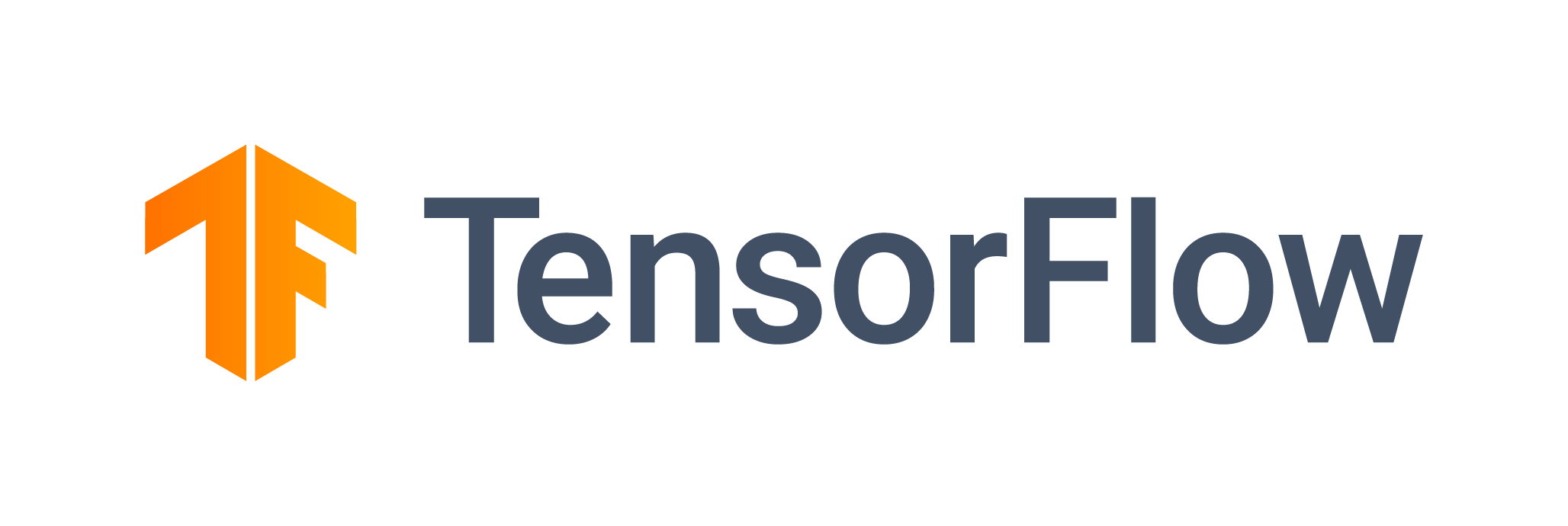Django
Django is a high-level Python web framework that encourages rapid development and clean, pragmatic design. Thanks for checking it out.
All documentation is in the "docs" directory and online at
https://docs.djangoproject.com/en/stable/. If you're just getting started
here's how we recommend you read the docs:
- First, read
docs/intro/install.txtfor instructions on installing Django. - Next, work through the tutorials in order (
docs/intro/tutorial01.txtdocs/intro/tutorial02.txt, etc.). - If you want to set up an actual deployment server, read
docs/howto/deployment/index.txtfor instructions. - You'll probably want to read through the topical guides (in
docs/topics) next; from there you can jump to the HOWTOs (indocs/howto) for specific problems, and check out the reference (docs/ref) for gory details. - See
docs/READMEfor instructions on building an HTML version of the docs.
Docs are updated rigorously. If you find any problems in the docs, or think they should be…

































